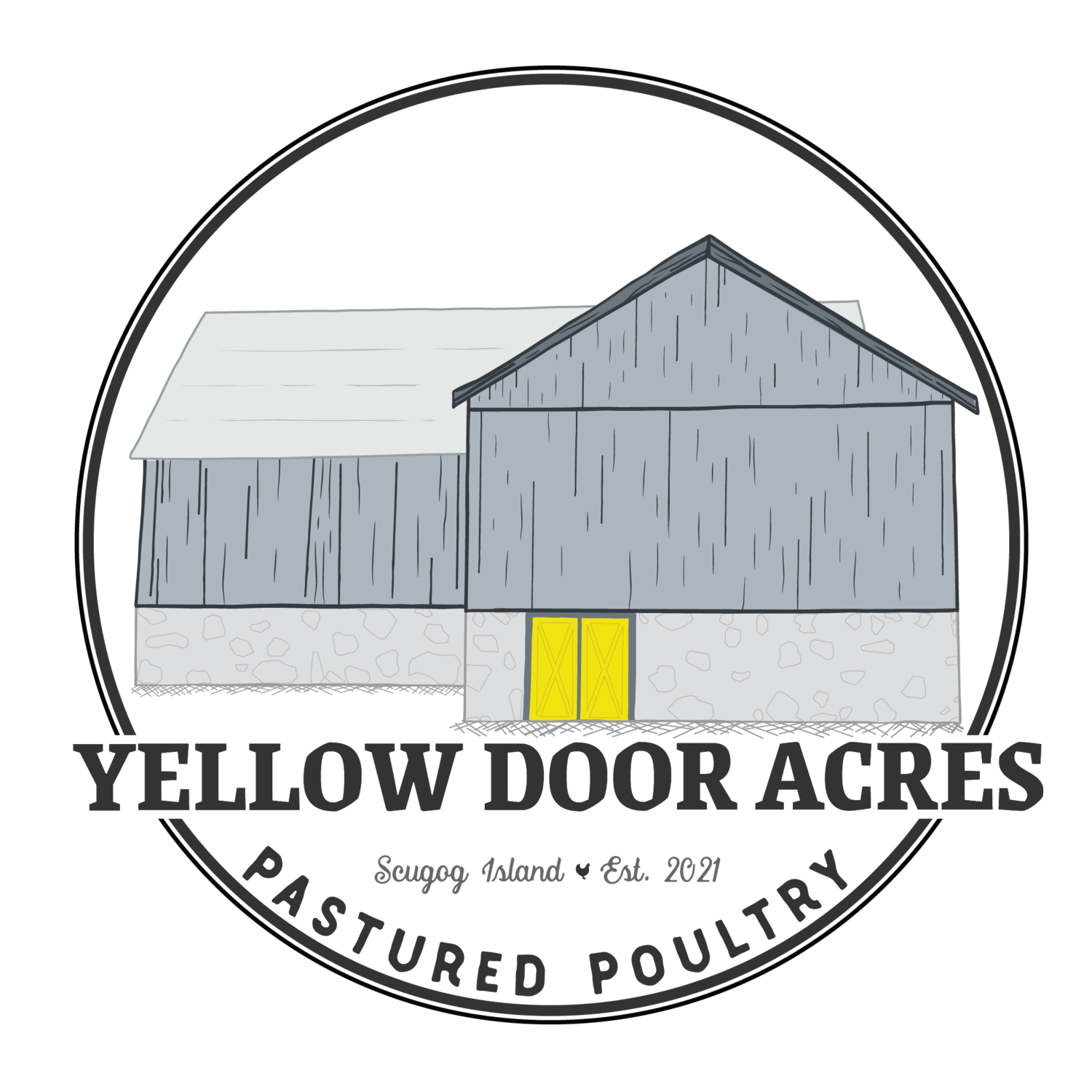Let’s talk chicken tractors.
Let me start by saying I did not come up with the design of the chicken tractors I use. That credit goes to John Suscovich over at Farm Marketing Solutions. There are a variety of chicken tractors out there and the Suscovich Chicken Tractor wasn’t the first one I planned on going with—years back I originally had my eye on the also popular Joel Salatin style Chicken Tractor—but after many a late night weighing the pros and cons of all the tractors out there I eventually landed on the Suscovich. Depending on the scale of your chicken farming the Salatin or other style of tractors may make more sense for you, but the Suscovich tractor suits me well. The thing I like most is that I can actually walk into the tractor to feed, water, and check the birds.
The Suscovich Chicken Tractor.
The Base:
The tractor features a base of pressure-treated wood that’s 10 feet long and 6 feet wide, for an overall footprint of 60 square feet. That allows for up to 30 chickens in each tractor with 2 square feet per chicken, providing more than the recommended floor space per bird. They have no floor and sit directly on grass, so the chickens can forage, scratch, and eat grass 24/7. Half-lap joints are added to the frame for added stability and strength, as well as gusset angle plates in the corners.
The Top:
Attached to the sides are four EMT conduits bent at 45 degree angles to create an A-frame. A fifth EMT conduit is then attached along the top of the A-frame for added stability. The coop is roughly 5.5’ tall and features a door at the front, so you might need to duck your head a little bit but otherwise can walk right into it comfortably. The entire coop is covered in wire mesh. The sides of the wood base are two feet tall and are covered with quarter-inch hardware cloth, as well as the door. The A-frame EMT conduit is then covered with chicken wire.
The finishing touches:
To protect the chickens from the rain, a heavy duty UV resistant tarp is then draped over the tractor from side-to-side. The front and back of the tractor is not covered, to allow for ventilation and sunlight. At the back of the tractor are two carriage bolts so wheels can be attached and at the front is a rope that can be used to lift and pull the tractor to a fresh patch of grass when the wheels are on. For further protection against predators, I also leave a 1 foot quarter inch hardware cloth skirt along all the sides of the coop that can be secured to the ground once it’s moved to help prevent anything from burrowing or trying to reach in through the bottom of the tractor.
The tractor features a hanging waterer and feeding tray. The waterer is made out of a 5-gallon BPA-free food grade bucket with chicken water nipples. The feeder is a 5 foot tray made out of cut PVC pipe.
Depending on the size of the flock I’m running, I’ll have several of these tractors out at a given time and move them to a fresh patch of grass each day so the chickens constantly have a fresh salad bar. With a pair of nine inch wheels that slide onto the couple of carriage bolts on the back of the tractor, the moves are pretty quick and painless.





